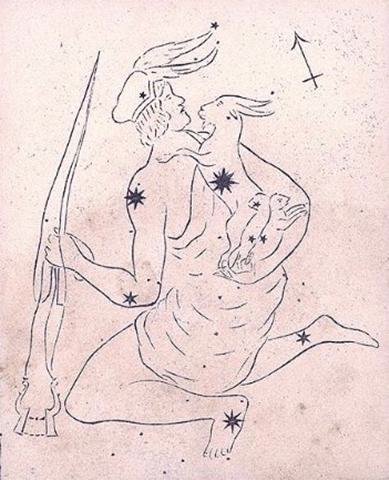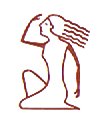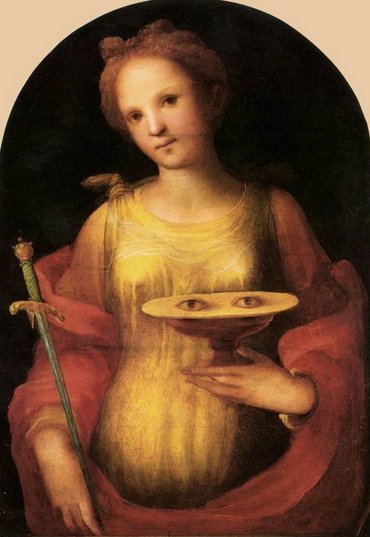|
THE D TABLET
Once again. It must again be repeated that we are basically dealing not with individual particular places but with the well defined features of an overall self-similar structure. Therefore my documentation can only be superficial and should be understood as only shattered shards resting on well known facts - although not necessarily the same facts as those which the creator of the rongorongo text had in mind. There is not much to do to avoid it, except to try to ascertain that my own presentation will not contradict itself. The pair Da1-2--3 is similar to the pair Ga1-3--4 we have seen:
But they are also similar to the pair Polaris and the First Point of Aries:
They describe the same idea, viz. the place for a 'red opening' (vaha mea). Here heliacal Aldebaran had been at the JULIAN EQUINOX in the Golden Age of the Bull and here heliacal Sheratan had defined the First Point of Aries according to the era of Bharani (*41.4). Therefore the precessional measure from Gb7-25 to Ga1-4 should be *68 - *41 = *27 days (glyphs). ... The verdicts concerning the familiarity of ancient Near Eastern astronomers with the Precession depend, indeed, on arbitrary factors; namely, on the different scholarly opinions about the difficulty of the task. Ernst Dittrich, for instance, remarked that one should not expect much astronomical knowledge from Mesopotamia around 2000 B.C. 'Probably they knew only superficially the geometry of the motions of sun and moon. Thus, if we examine the simple, easily observable motions by means of which one could work out chronological determinants with very little mathematical knowledge, we find only the Precession.' ...
The precession would have pushed the stars at the beginning of side a on the G tablet farther ahead in the Sun calendar than those stars which were close to the end of side b. Therefore the right ascension distance from Sheratan (*27) to Aldebaran (*68) was *41 (→ Bharani).. If Da1-3 had been drawn in order to illustrate Aldebaran, then Da1-8 could have illustrated Hassaleh (ι Aurigae).
And reasonably Da1-13 could then have been intended to represent the Mother Goat (α Aurigae):
However, it is also possible we should perceive the legs of Orion pushing the southern sky dome higher.
... Sky (rangi) and Earth (papa) lay in primal embrace, and in the cramped, dark space between them procreated and gave birth to the gods such as Tane, Rongo and Tu. Just as children fought sleep in the stifling darkness of a hare paenga, the gods grew restless between their parents and longed for light and air. The herculean achievement of forcing Sky to separate from Earth was variously performed by Tane in New Zealand and the Society Islands, by Tonofiti in the Marquesas and by Ru (Tu) in Cook Islands. After the sky was raised high above the earth, props or poles were erected between them and light entered, dispelling the darkness and bringing renewed life. One detail which is iconographically of interest is whether the god responsible for separating Earth and Sky did so by raising the Sky with his upraised arms and hands, as in Tahiti and elsewhere, or with his feet as in New Zealand ... ... In view of the almost universal prevalence of the Pleiades year throughout the Polynesian area it is surprising to find that in the South Island and certain parts of the North Island of New Zealand and in the neighboring Chatham Islands, the year began with the new Moon after the early morning rising, not of the Pleiades, but of the star Rigel in Orion ... In this context we should remember Metoro's word ero.
Should we expect the corresponding heliacal stars all are pictures of the 'herculean legs' of Orion at different precessional time-space depths?
|
|||||||||||||||||||||||||||||||||||||||||||||||||||||||||||||||||||||||||||||||||||||||||||||||||||||||||||||||||||||||||||||||||||||||||||||||||||||||||||||||||||||||||||||||||||||||||||||||||||||||||||||||||||||
















